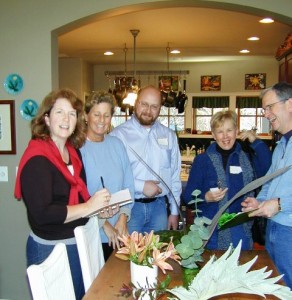Podcast: Play in new window | Download
Subscribe: Apple Podcasts | Podcast Index | RSS | More
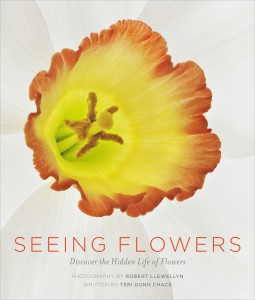 “Enter a rare world of beauty and intricacy,” promises the press release for “Seeing Flowers,” a remarkable new book featuring the highly detailed, almost transparent flower photographs of Robert Llewellyn. Using a unique photo process that includes stitching together large macro photographs, the visual artist reveals floral details that few of us have ever noticed: The amazing architecture of stamens and pistils; the subtle shadings on a petal; the secret recesses of nectar tubes.
“Enter a rare world of beauty and intricacy,” promises the press release for “Seeing Flowers,” a remarkable new book featuring the highly detailed, almost transparent flower photographs of Robert Llewellyn. Using a unique photo process that includes stitching together large macro photographs, the visual artist reveals floral details that few of us have ever noticed: The amazing architecture of stamens and pistils; the subtle shadings on a petal; the secret recesses of nectar tubes.
I learned much more about the secret life of flowers in today’s podcast interview with Teri Dunn Chace, the writer with whom Robert Llewellyn collaborated. A longtime horticultural writer and formerly on the staff of Horticulture magazine, Teri blends literary and scientific sources for her essays about 343 popular flowers.
These are blooms beloved by gardeners and floral designers alike and together Robert and Teri portray flowers as you have never before seen them. They gave me a deeper appreciation of how and why flowers have become so embedded in human culture.
In preparing for my podcast interview with Teri, I went back and spent some time with Robert’s earlier book, Seeing Trees, with writer Nancy Ross Hugo. When that book was released in 2011, I was blown away by the detailed process he goes through to capture the essence of leaves, seeds, pods and other tree parts. Each subject is photographed up to 50 times at various distances and the final work is a composite of the sharpest areas of each individual image. The resulting photographs are of stunning hyper-real clarity, as if Robert has found a way to circumvent the limitations of the human eye through his lens. When Seeing Trees was released, publisher Timber Books created a video of the process.
Please enjoy this conversation with author Teri Chace, and add Seeing Flowers to your library reference shelf. Our conversation is a whirlwind tour of flowers, literature and garden writing. You’ll enjoy the ride.
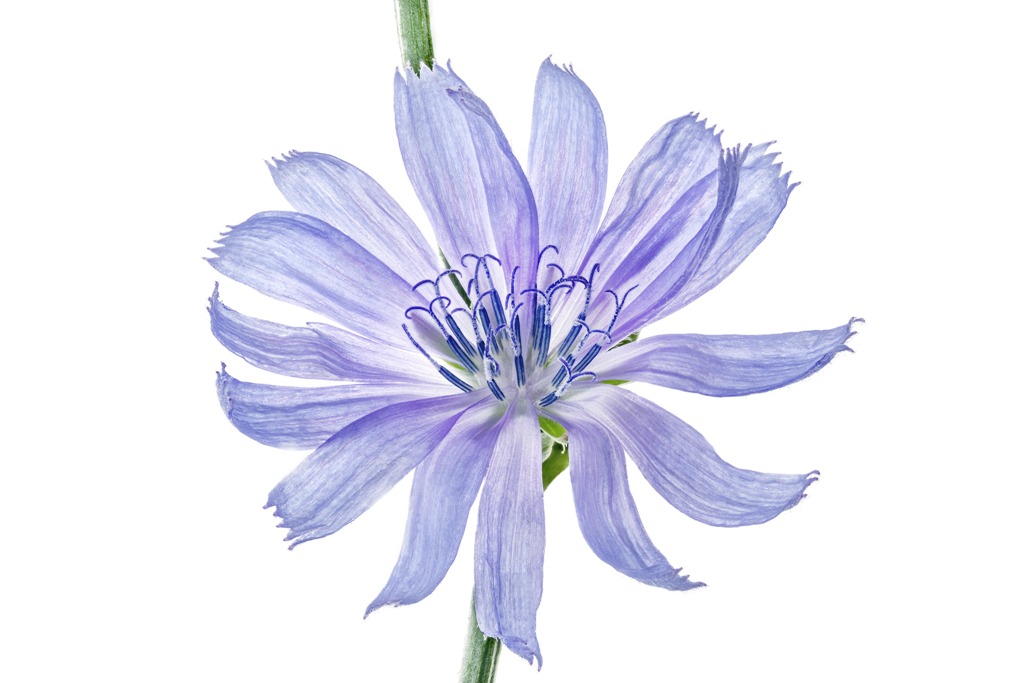
Jaunty blooms of chicory, or Cichorium intybus, open for only a few hours a day. Then the color of the ray flowers rapidly drains away, fading to white. Its dried, ground roots can be used as a coffee substitute.
During my interview with Teri, we read aloud three literary pieces from Seeing Flowers. Here they are for you to read again, interspersed with a few of Robert’s images:
“The rose is a rose,
And always was a rose.
But now the theory goes
That the apple’s a rose
And the pear is, and so’s
The plum, I suppose.
The dear only knows
What will next prove a rose.
You, of course, are a rose —
But were always a rose.”
Robert Frost, “The Rose Family,” 1928

The cup in the center of a daffodil is called a corona. Some are short, like a shallow bowl, while others are longer, more like a trumpet. Some have frilly edges, and some are rimmed with a contrasting color.
“Why do two colors, put one next to the other, sing?
Can one really explain this? No. Just as one can
never learn how to paint.”
Pablo Picasso, Arts de Frances, 1946
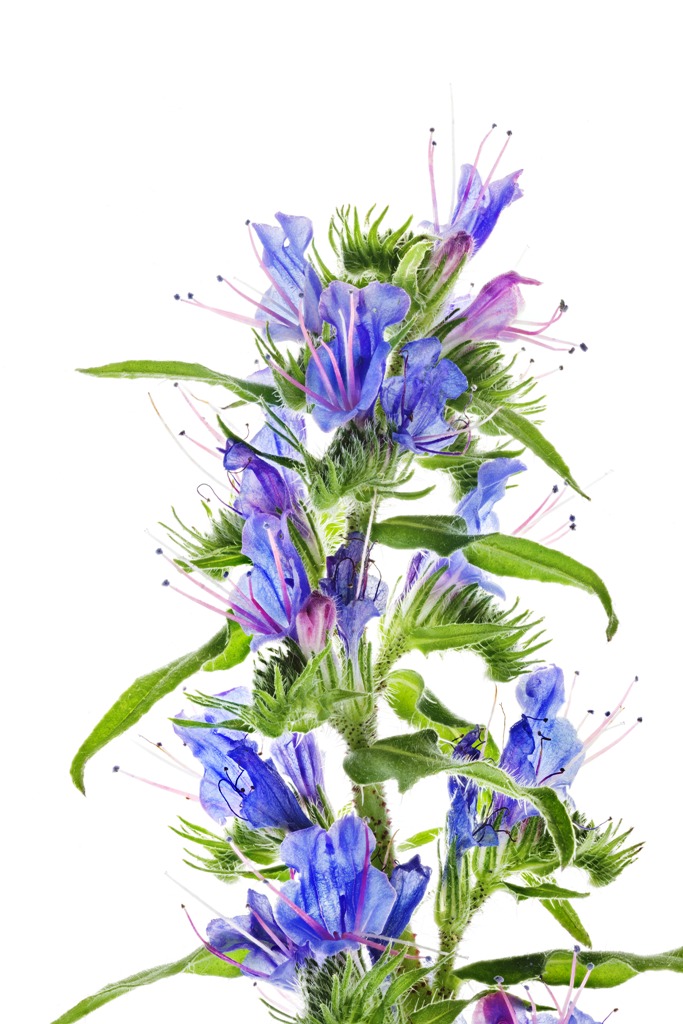
Look past the blue petals of viper’s bugloss, Echium vulgare, and you’ll see that the flowers also feature red stamen filaments and blue pollen. These help them to stand out in form as well as color to pollinators – and to us.
“Ice cream on green cones
white hydrangeas in full bloom
cool the summer day”
Haiku by CDSinex, 2011
ENTER TO WIN: Timber Press is celebrating the publication of Seeing Flowers with an online promotion offering a one-of-a-kind prize. You can enter to win a fine gallery quality print of a photograph from this book. Take a peek at the gorgeous print and the contest details here. NOTE: the Contest Entry Deadline is this Friday, November 15th.
Thanks for joining me in this episode of the SLOW FLOWERS Podcast with Debra Prinzing. Because of your support as a listener, we’ve had more than 2,650 downloads since July – and I thank you for taking the time to join to my conversations with flower farmers, florists and other notable floral experts.
If you like what you hear, please consider logging onto Itunes and posting a listener review.
Until next week please join me in putting more American grown flowers on the table, one vase at a time.
The Slow Flowers Podcast is engineered and edited by Hannah Holtgeerts. Learn more about her work at hhcreates.net.











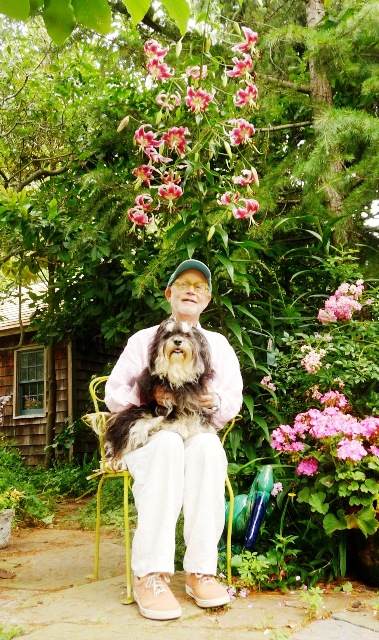
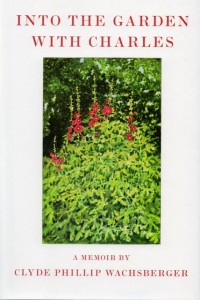
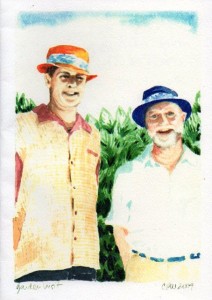

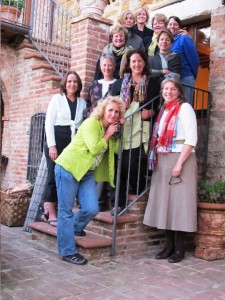
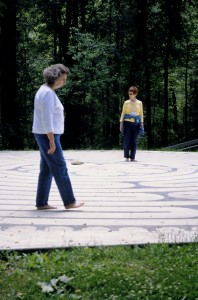
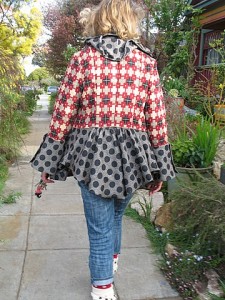

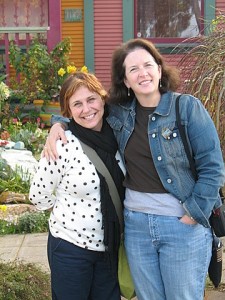
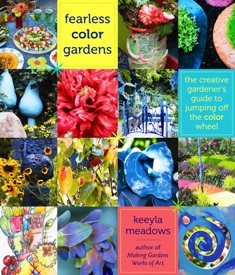 Her new book, Fearless Color Gardens: The creative gardener’s guide to jumping off the color wheel (
Her new book, Fearless Color Gardens: The creative gardener’s guide to jumping off the color wheel (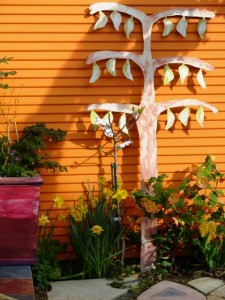
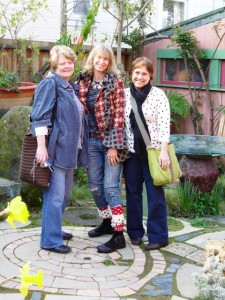
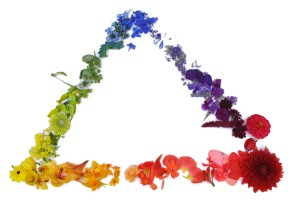
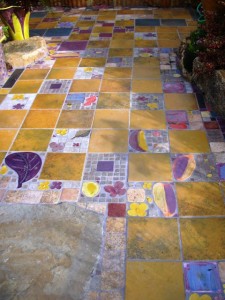
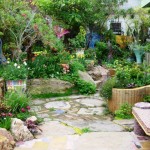
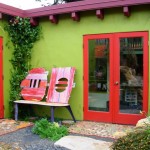
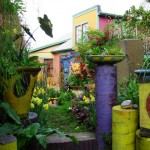
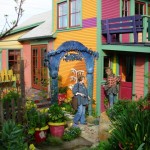
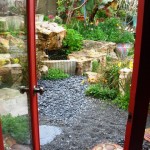
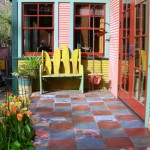
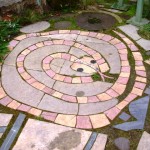
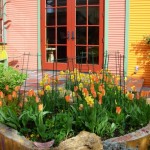
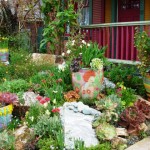
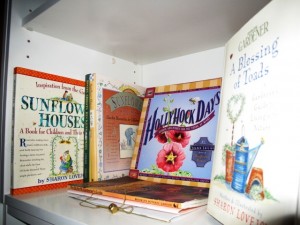
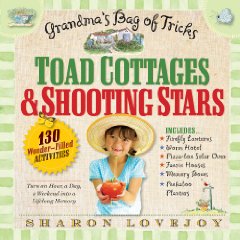 If, like me, you love the way Sharon involves children and their grownups with the natural world, be on the lookout for her next book – out in January 2010! It’s called
If, like me, you love the way Sharon involves children and their grownups with the natural world, be on the lookout for her next book – out in January 2010! It’s called 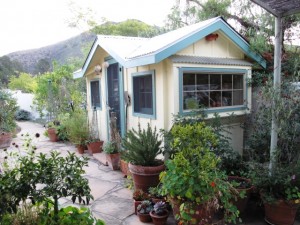
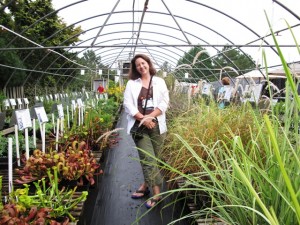
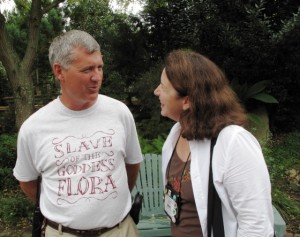
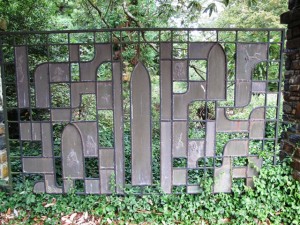
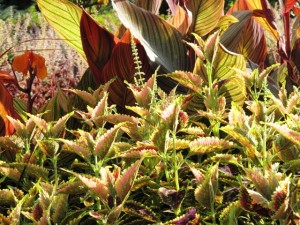
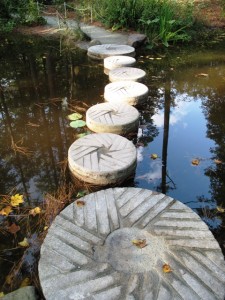
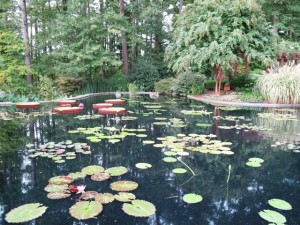
 Two years ago, I read Julie Powell’s wonderful debut memoir, “Julie & Julia.” Her story of spending 365 days cooking every recipe in Julia Child’s “Mastering the Art of French Cooking” was electrifying and compelling.
Two years ago, I read Julie Powell’s wonderful debut memoir, “Julie & Julia.” Her story of spending 365 days cooking every recipe in Julia Child’s “Mastering the Art of French Cooking” was electrifying and compelling.